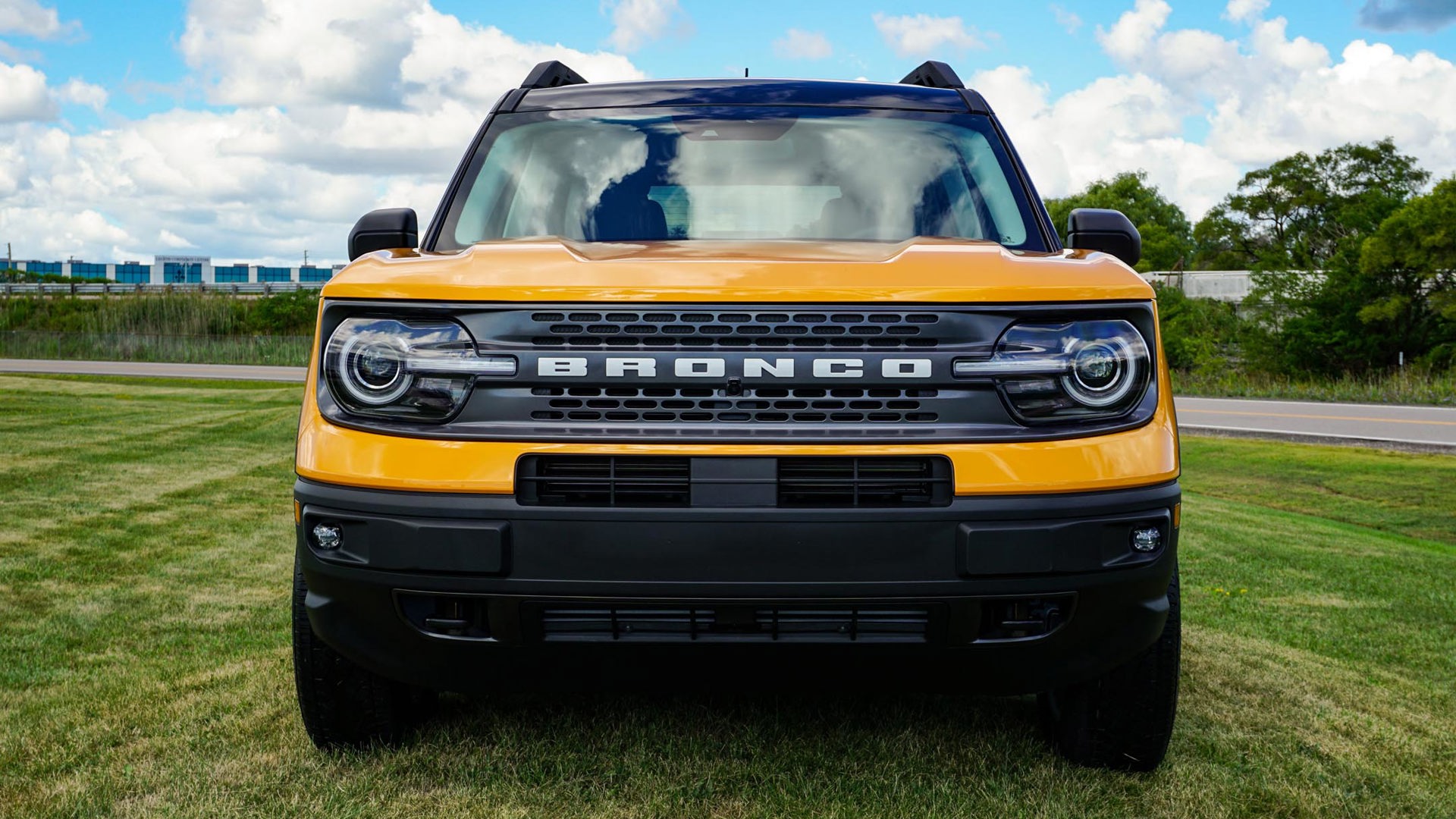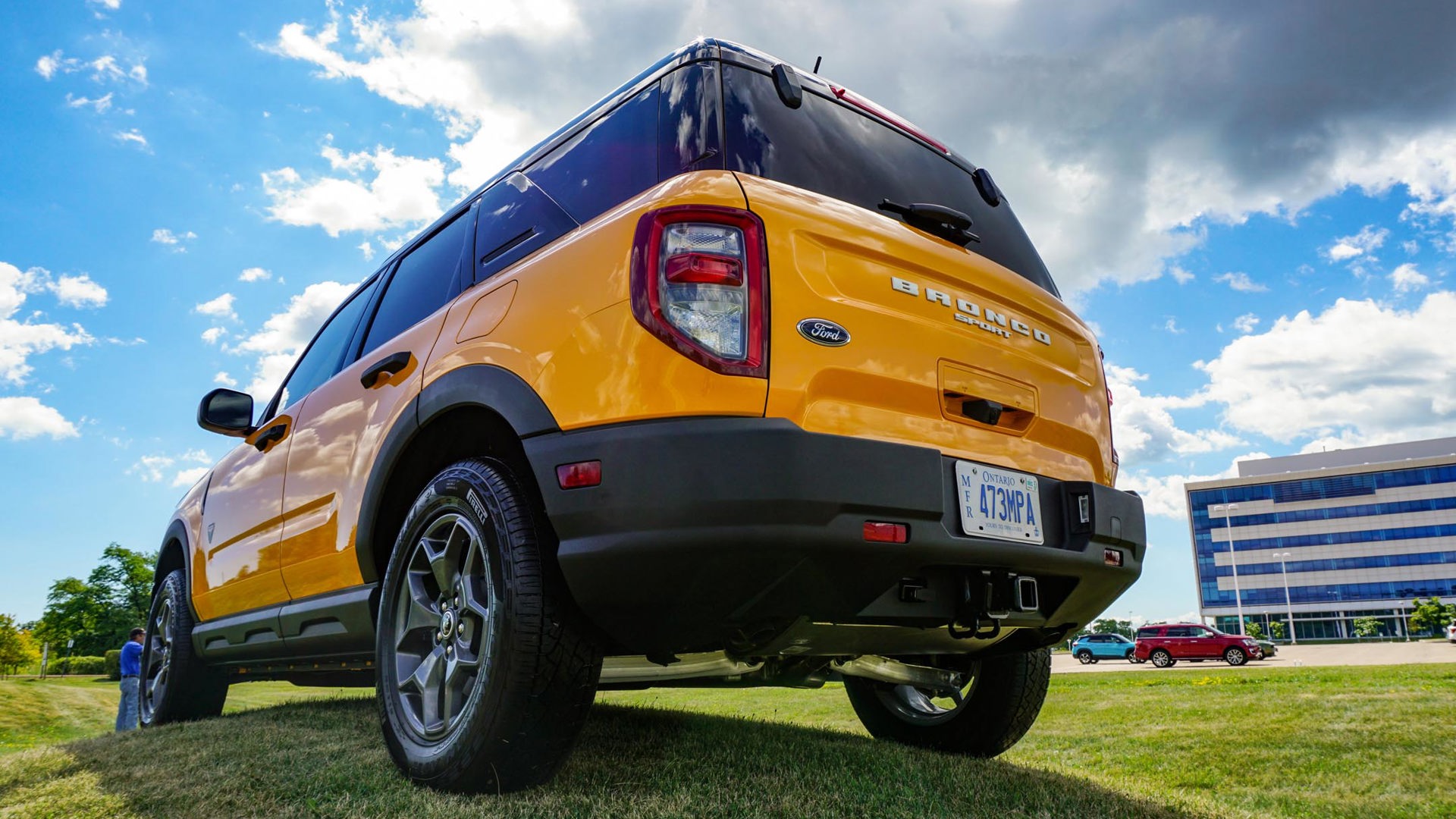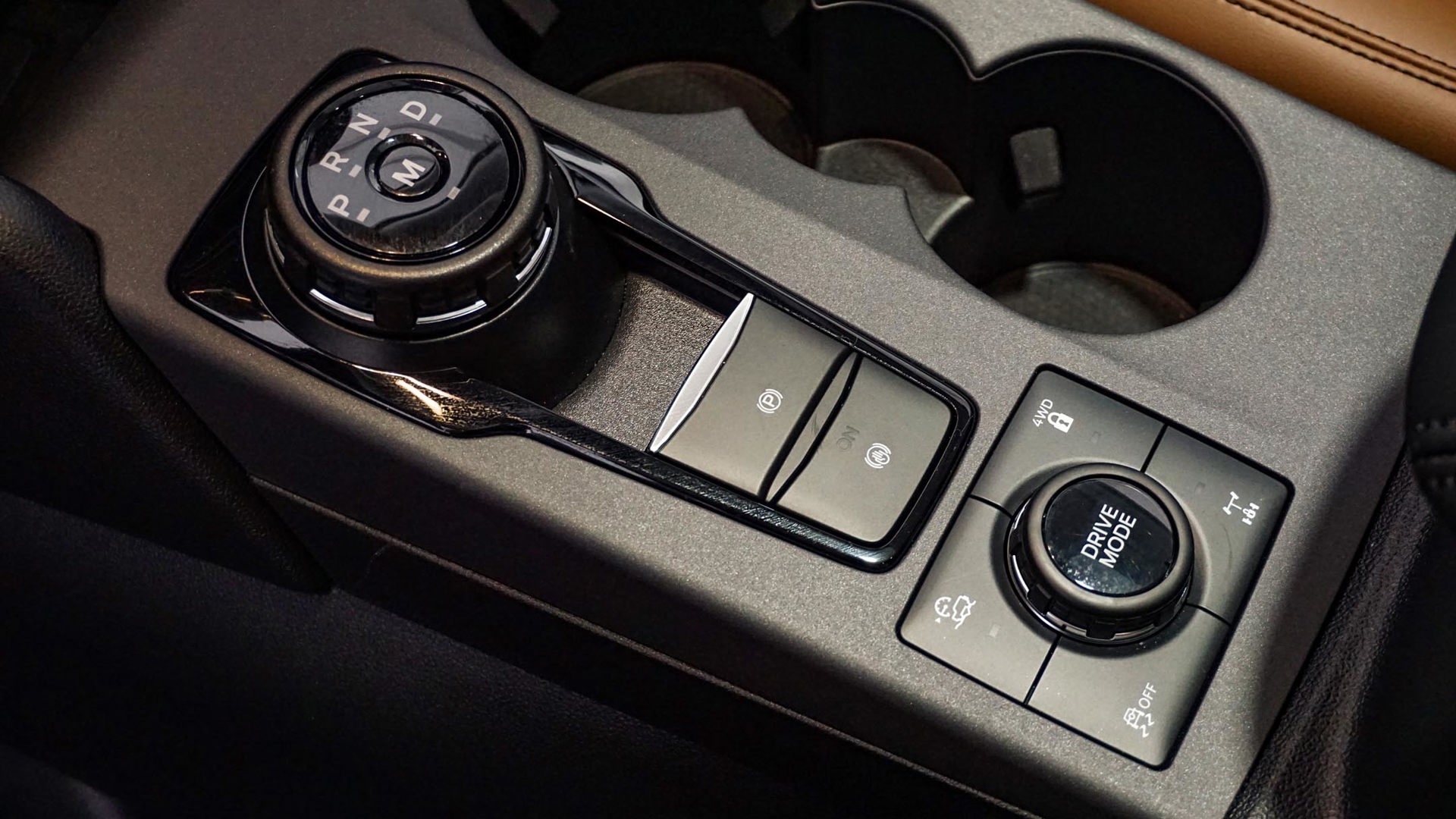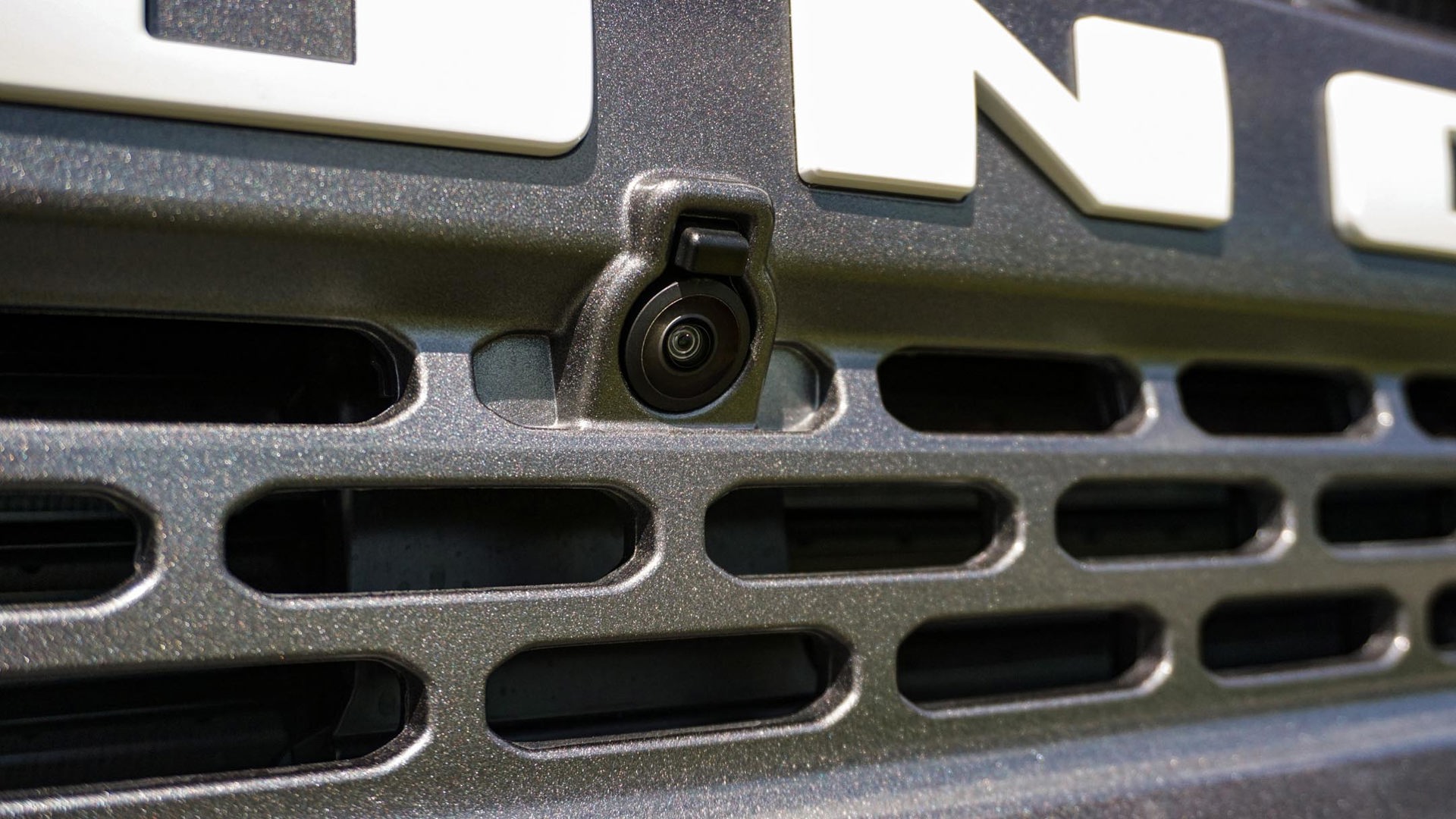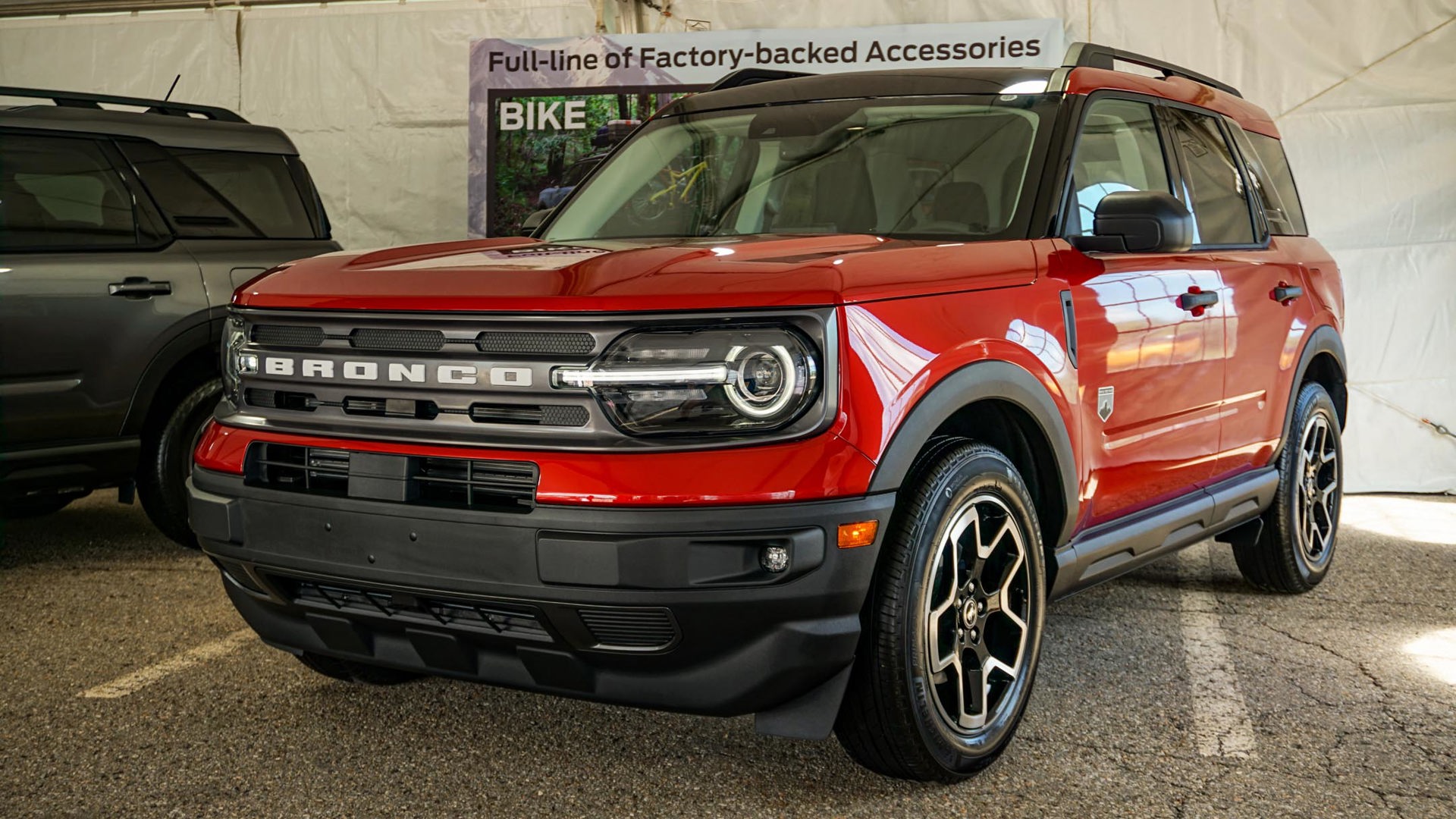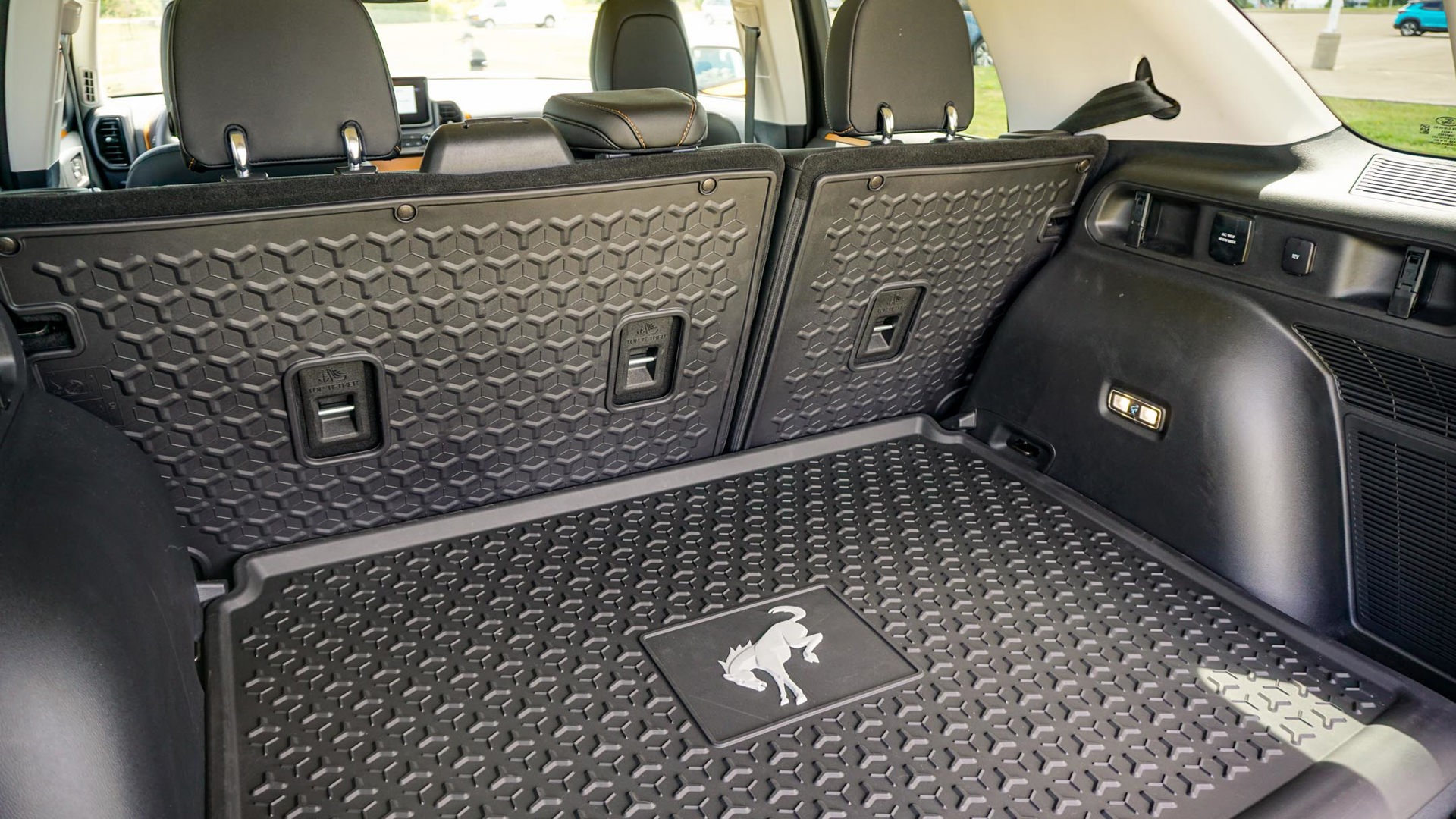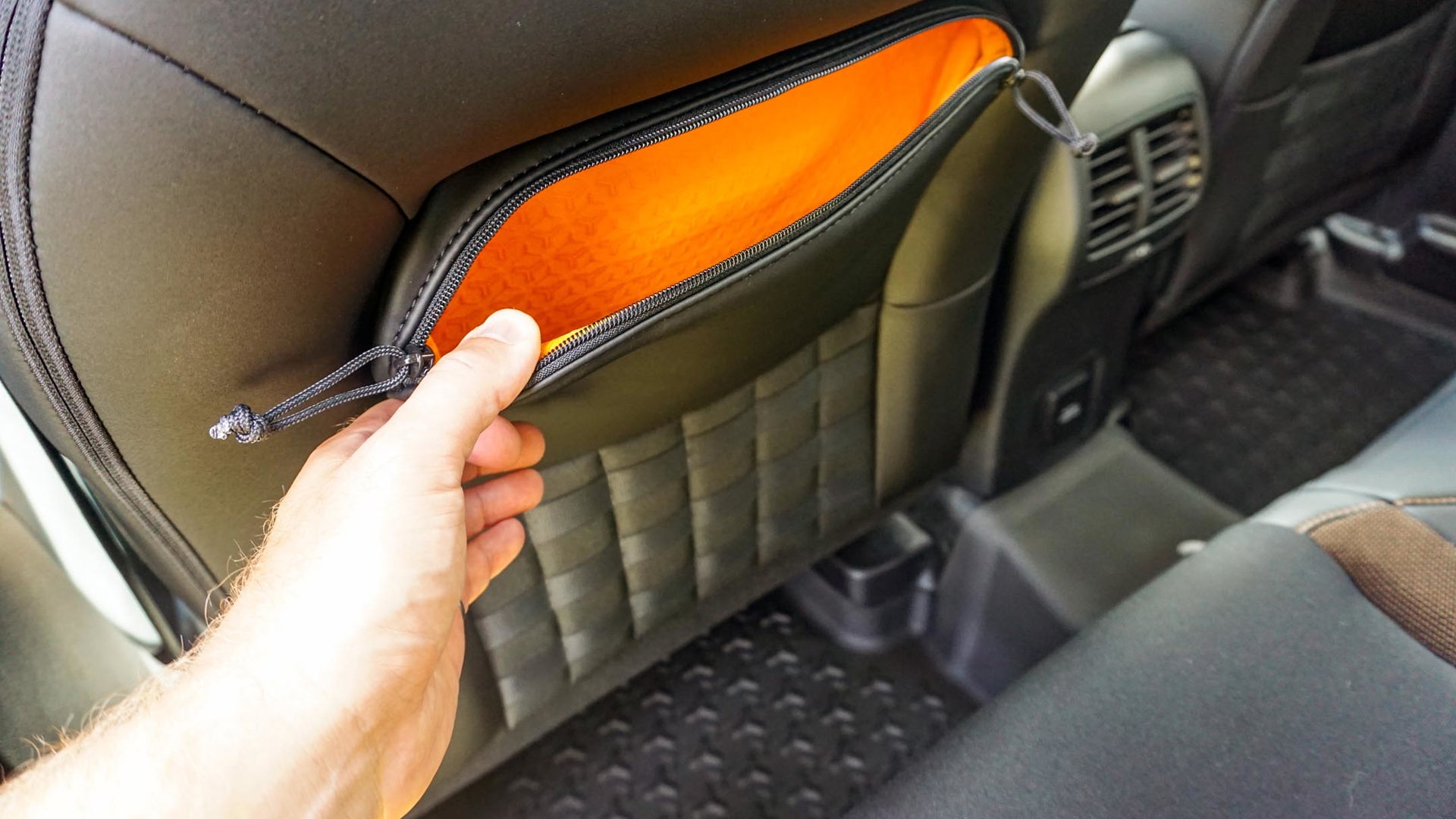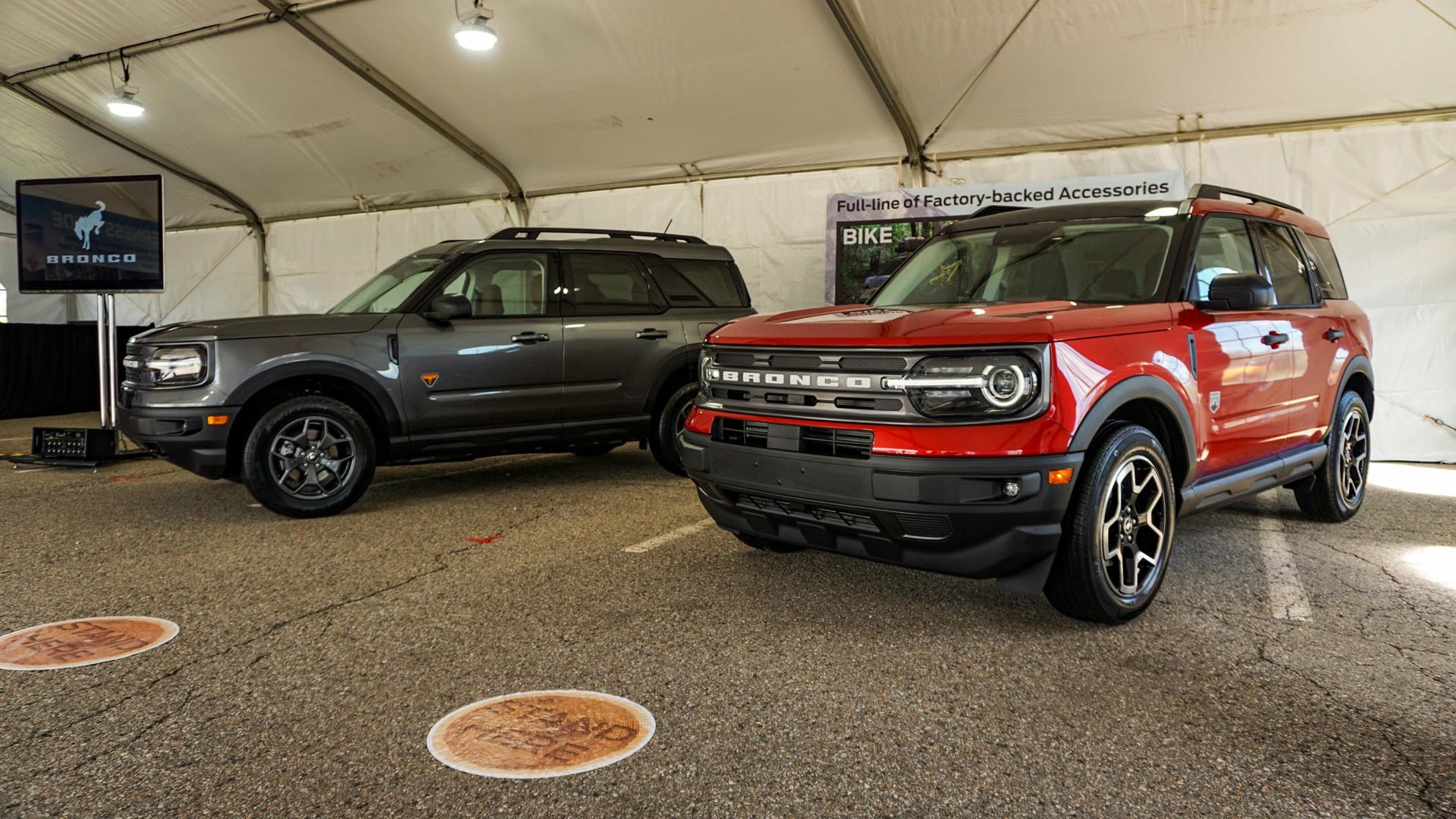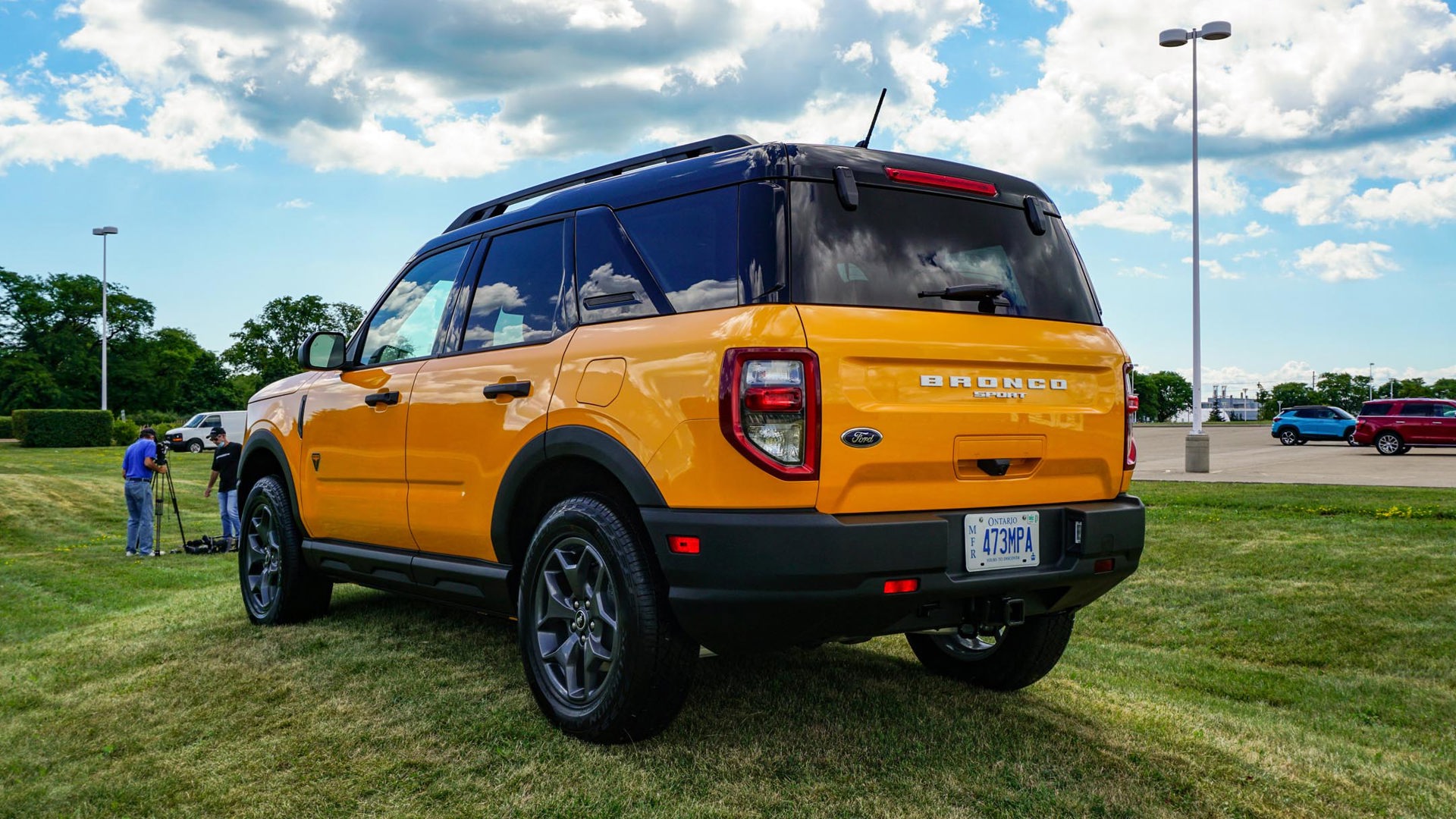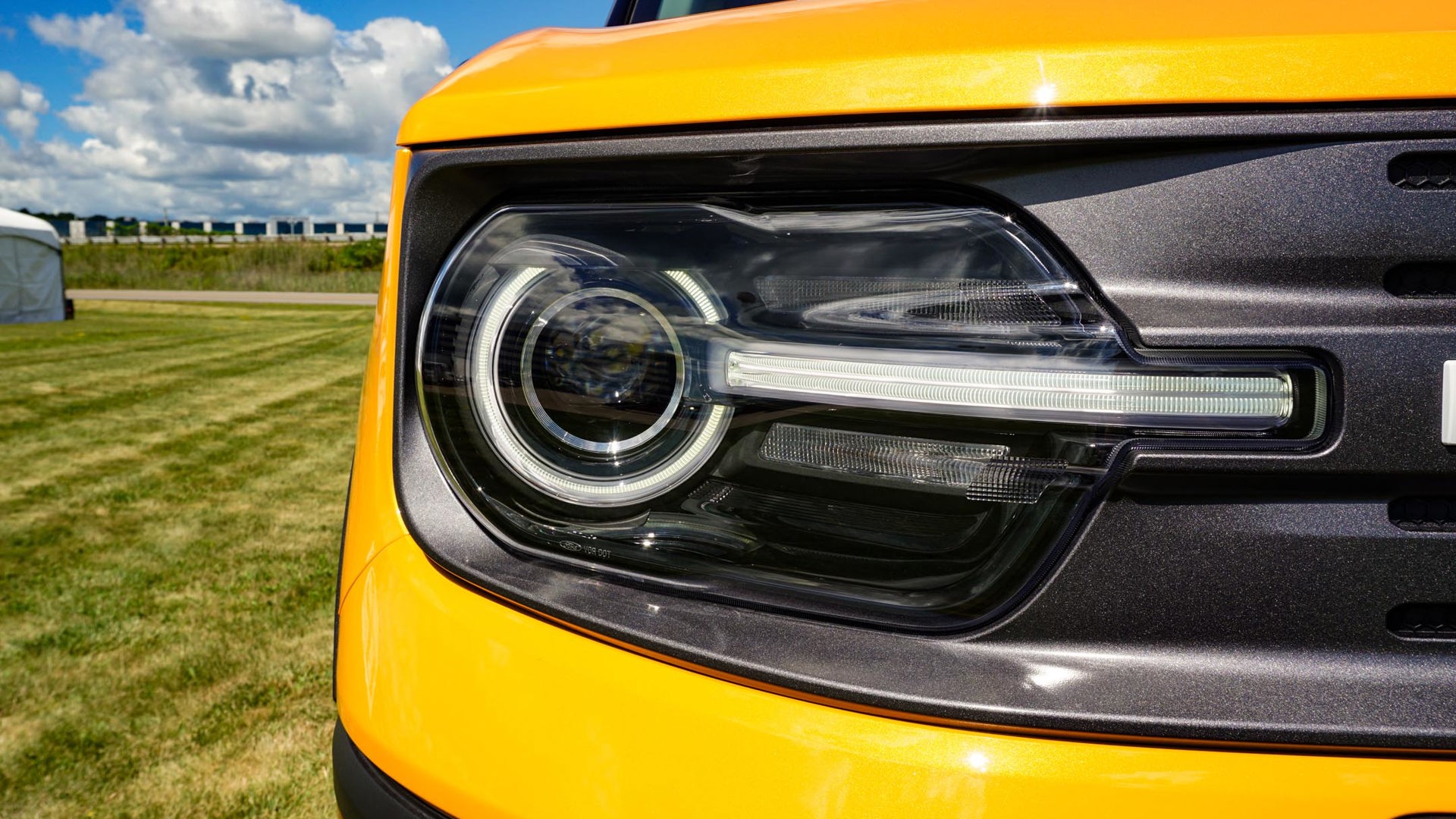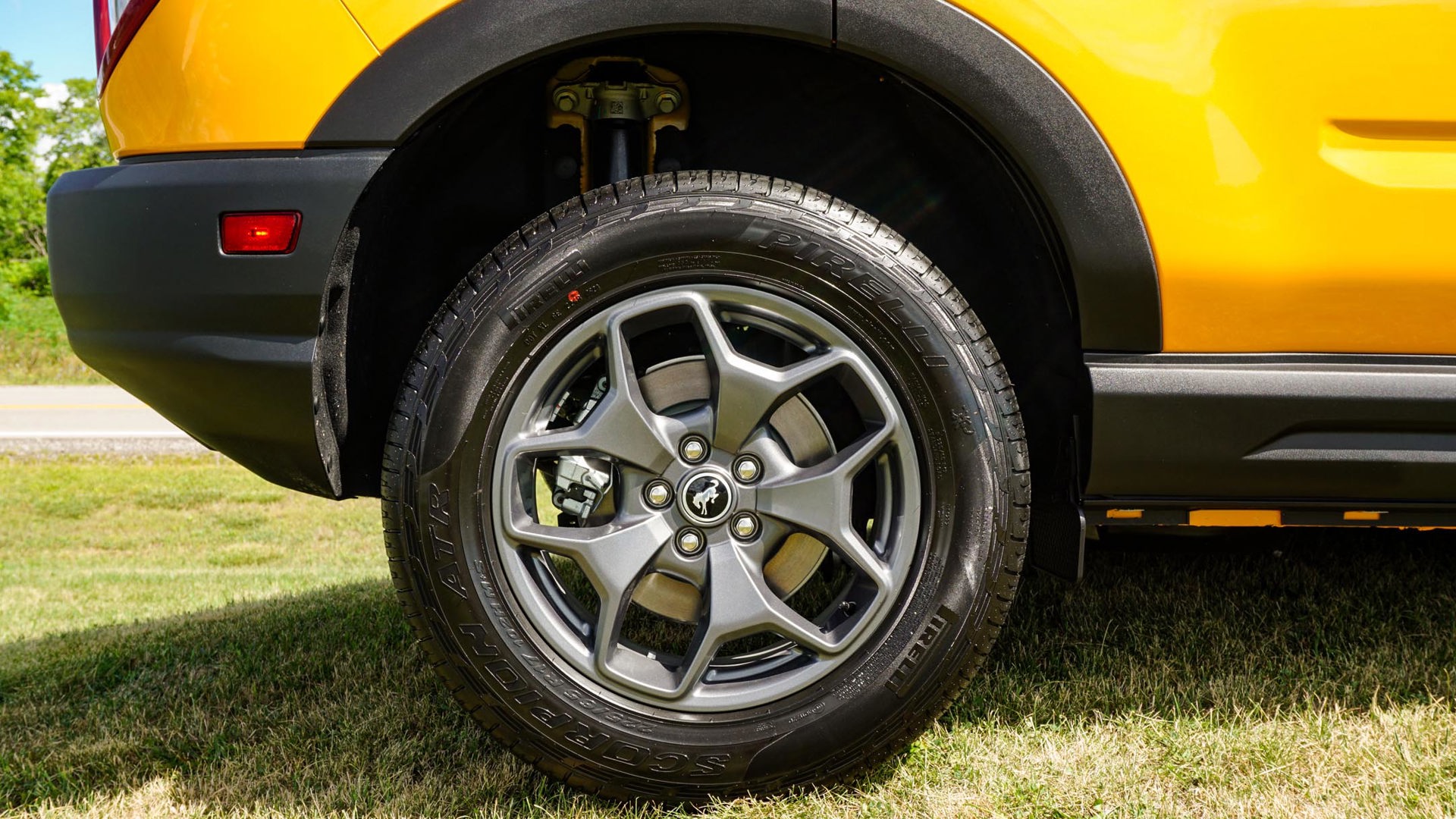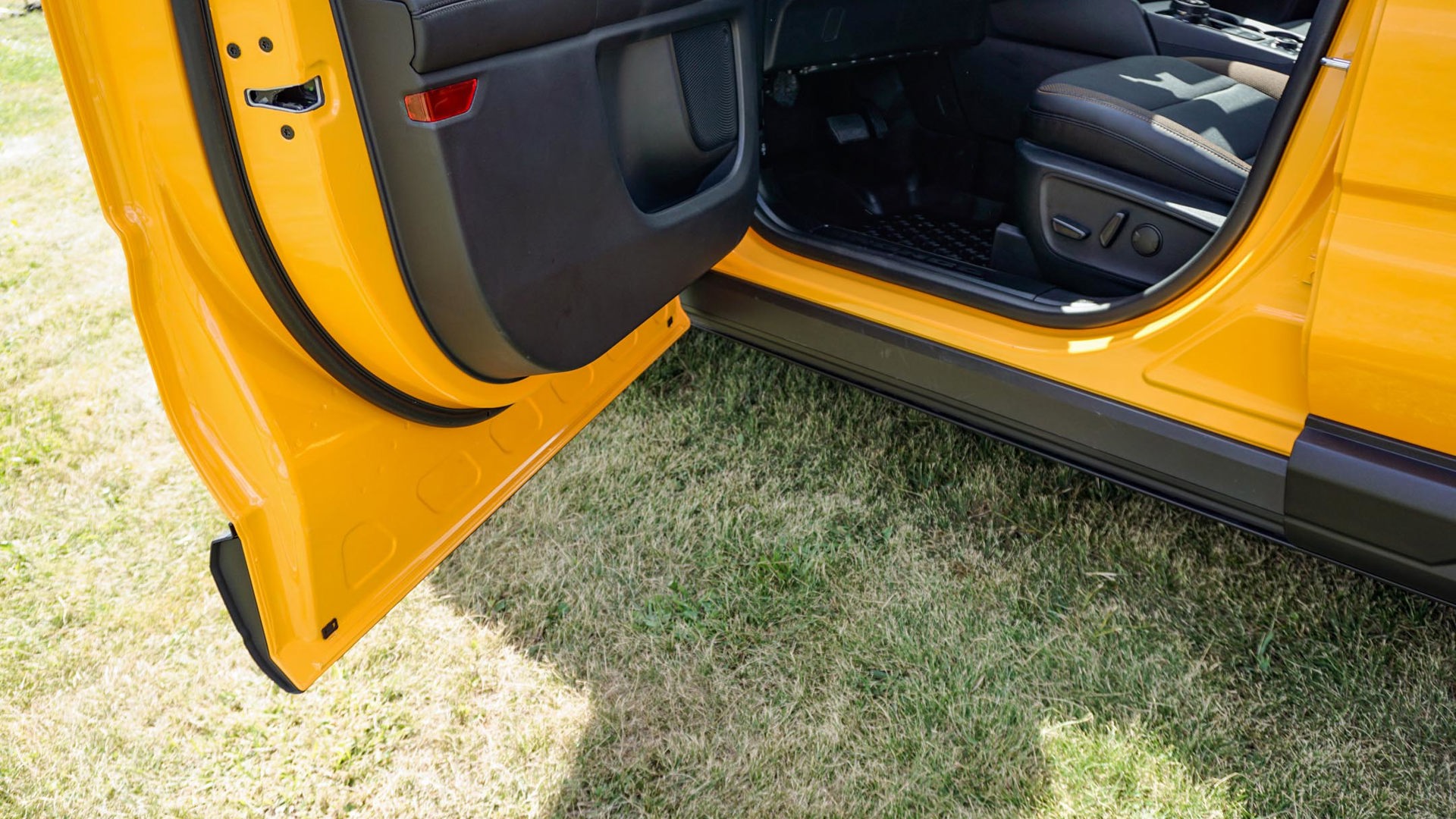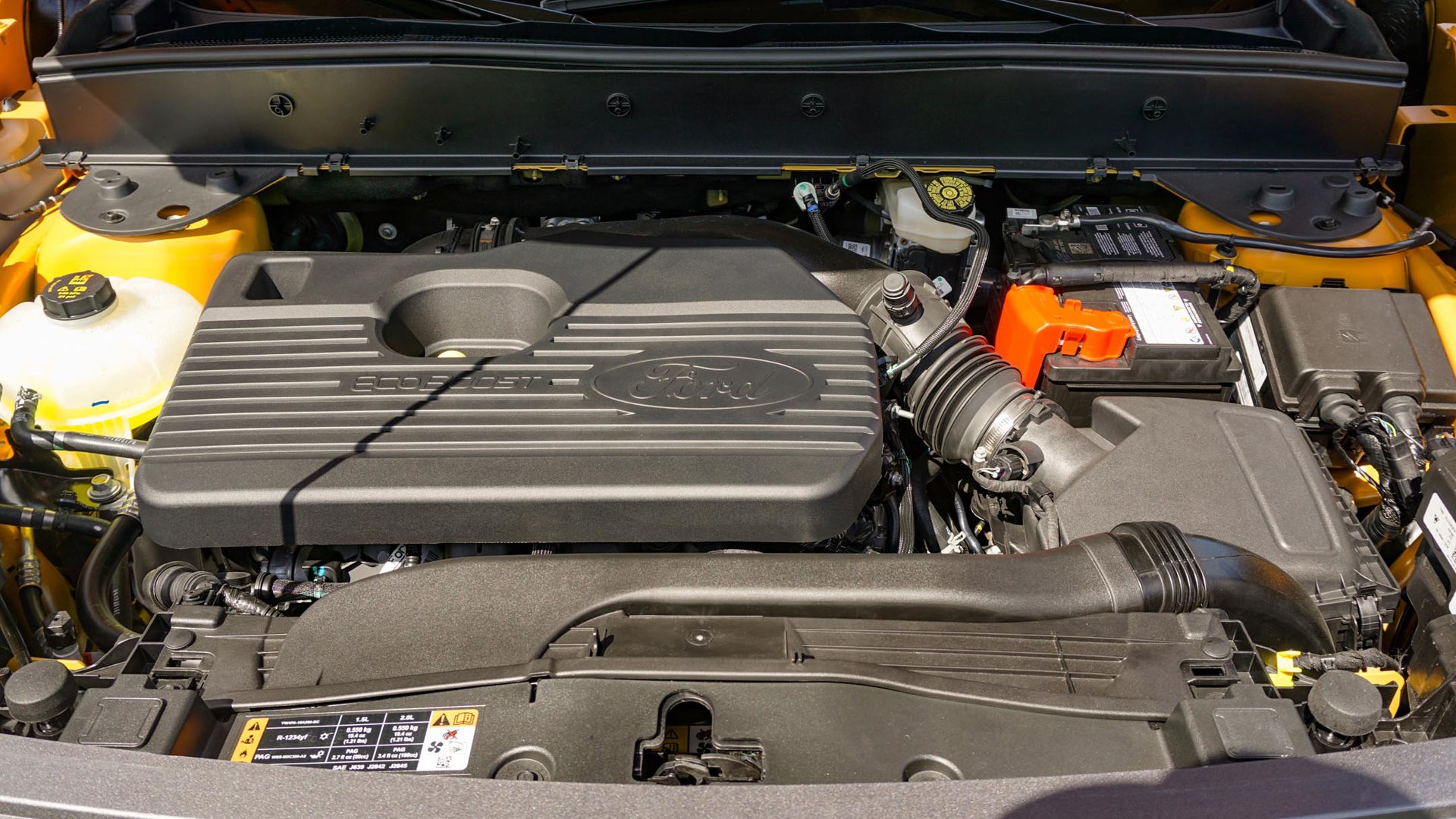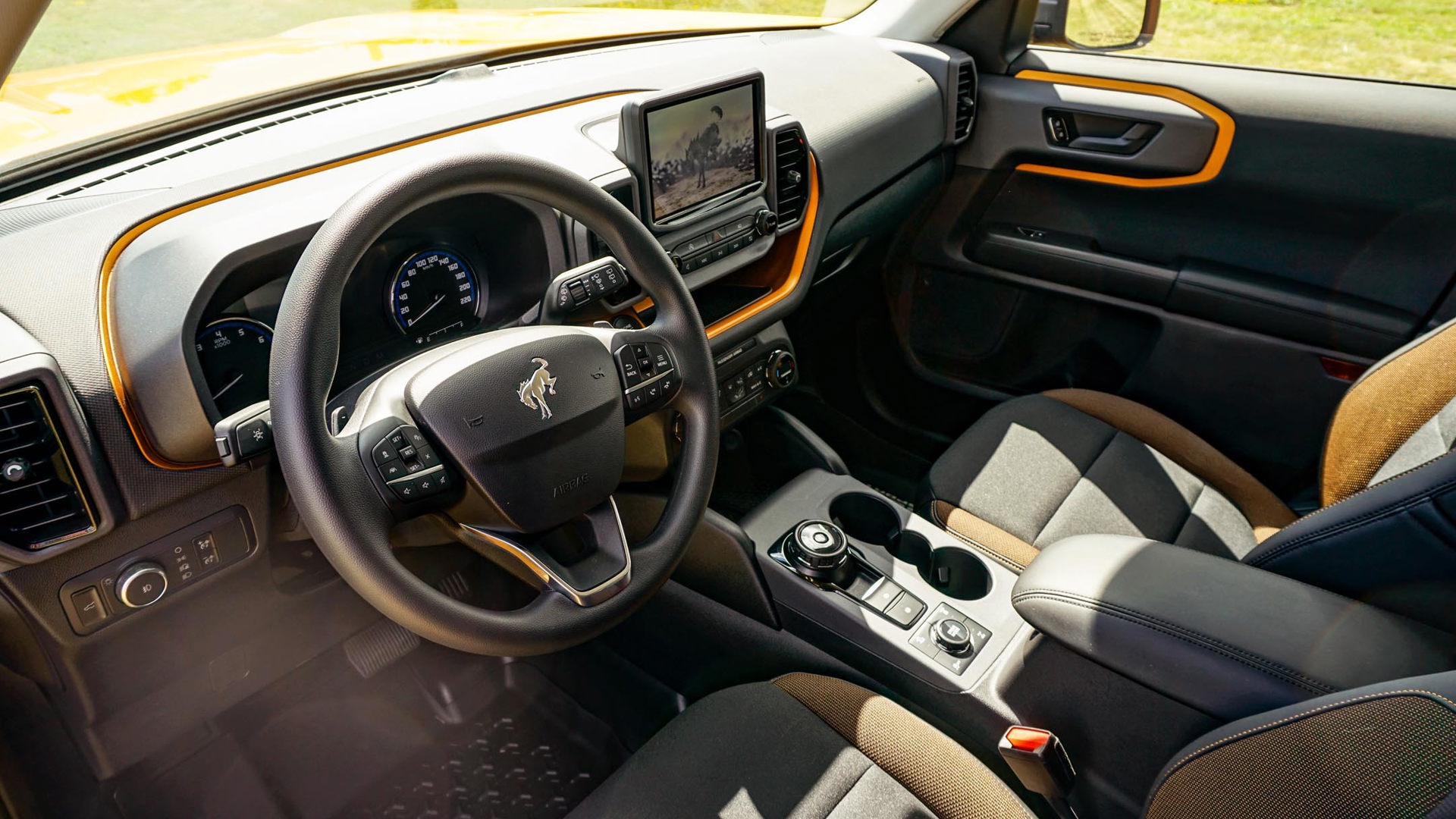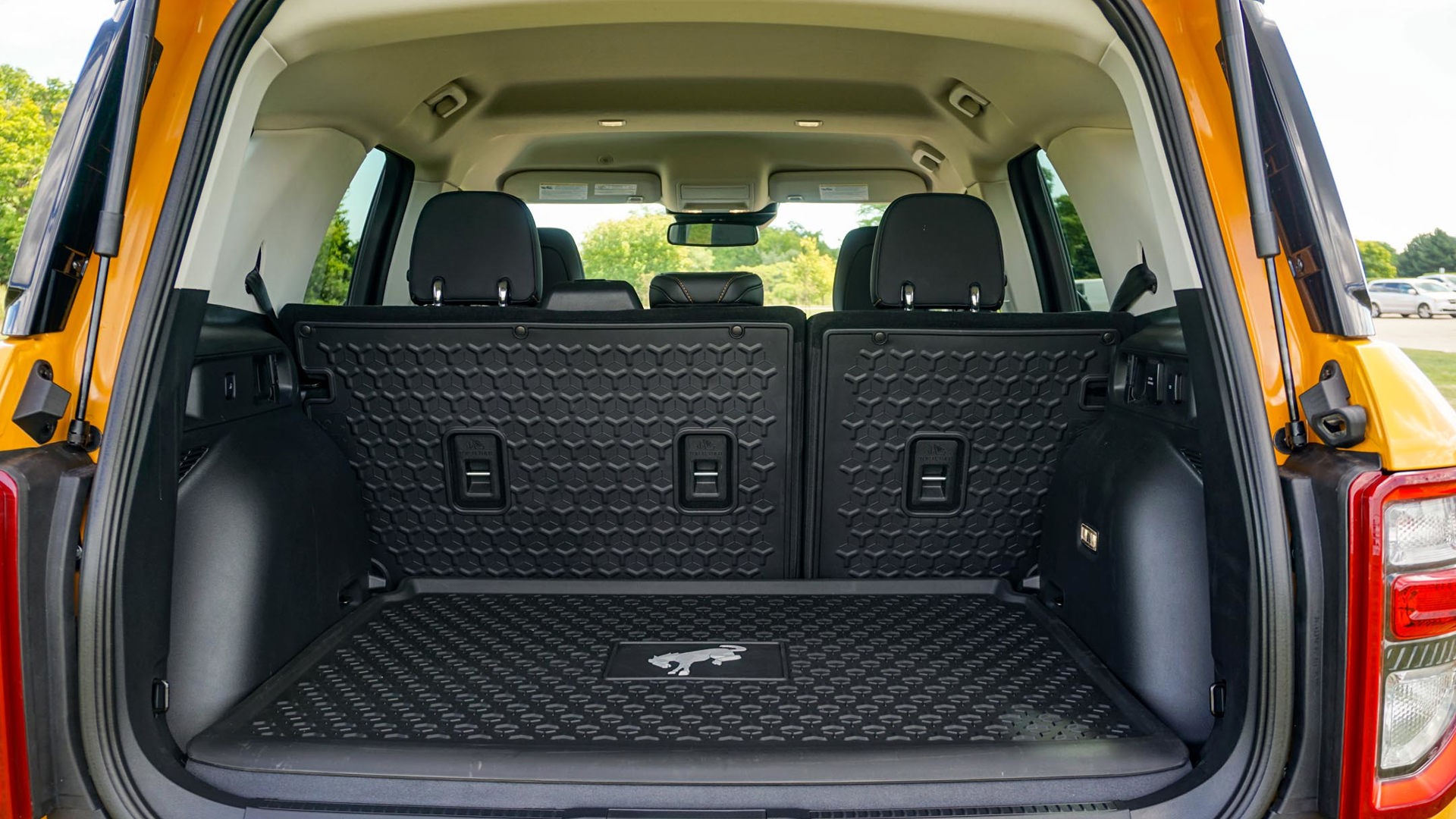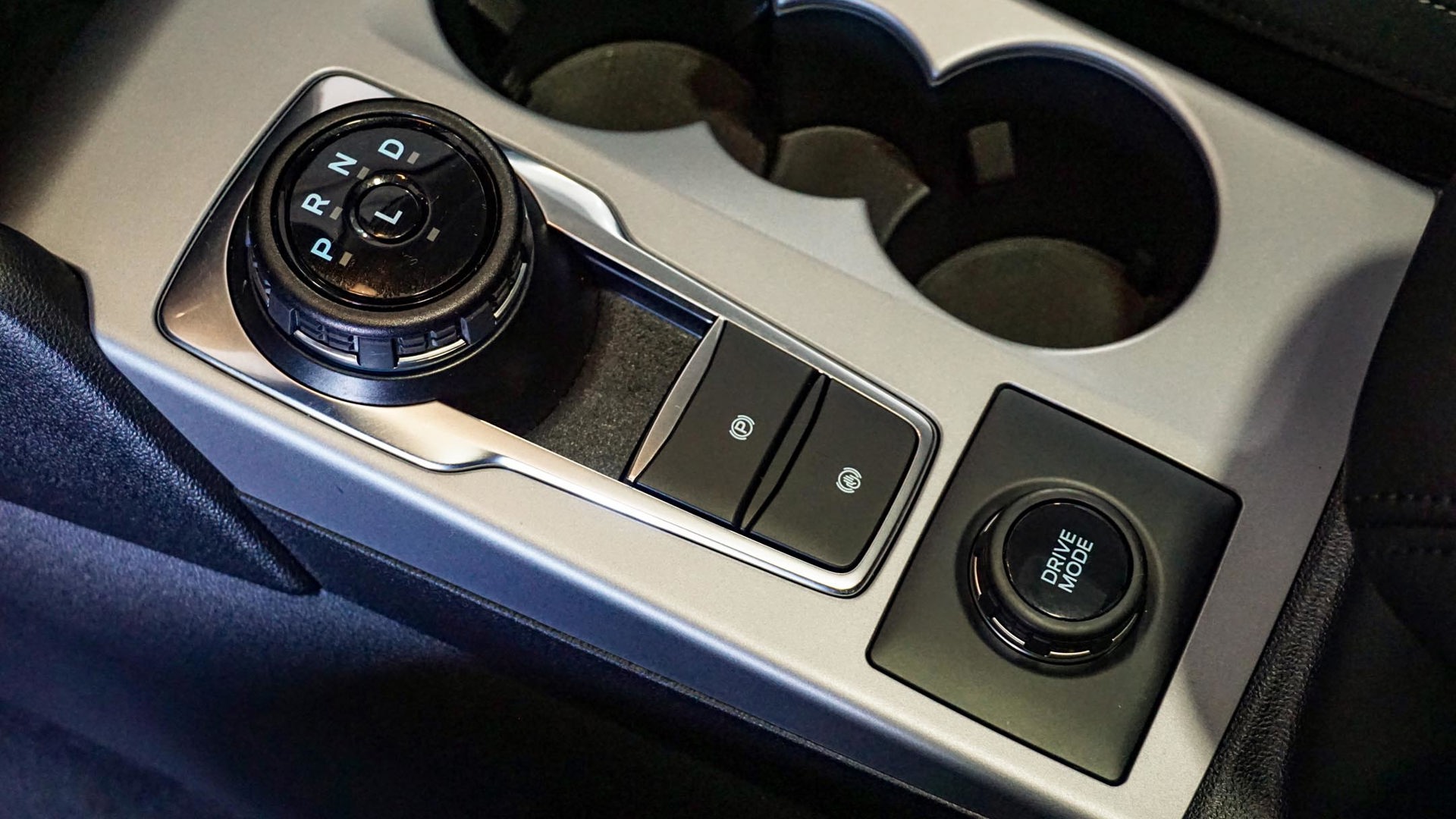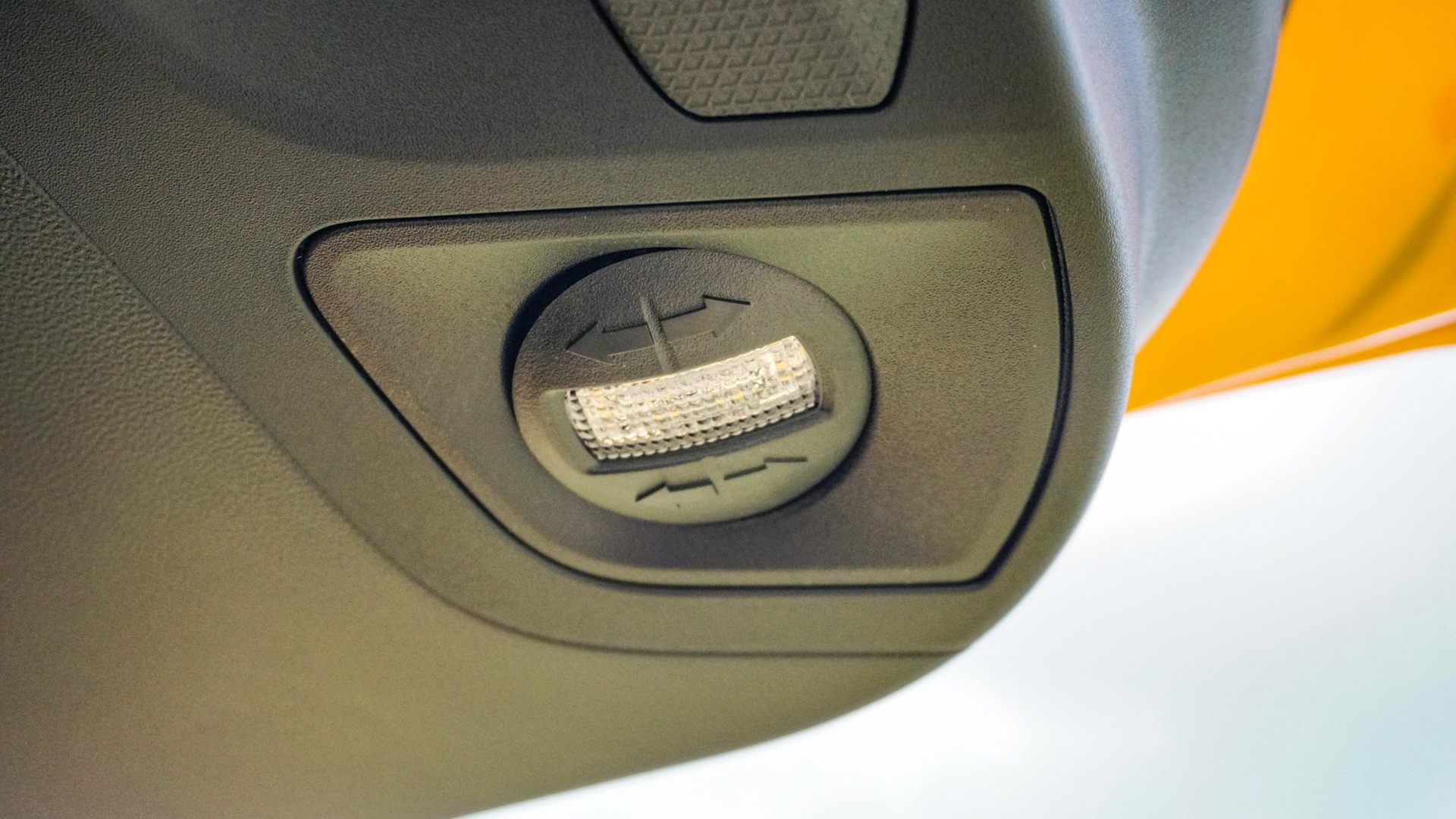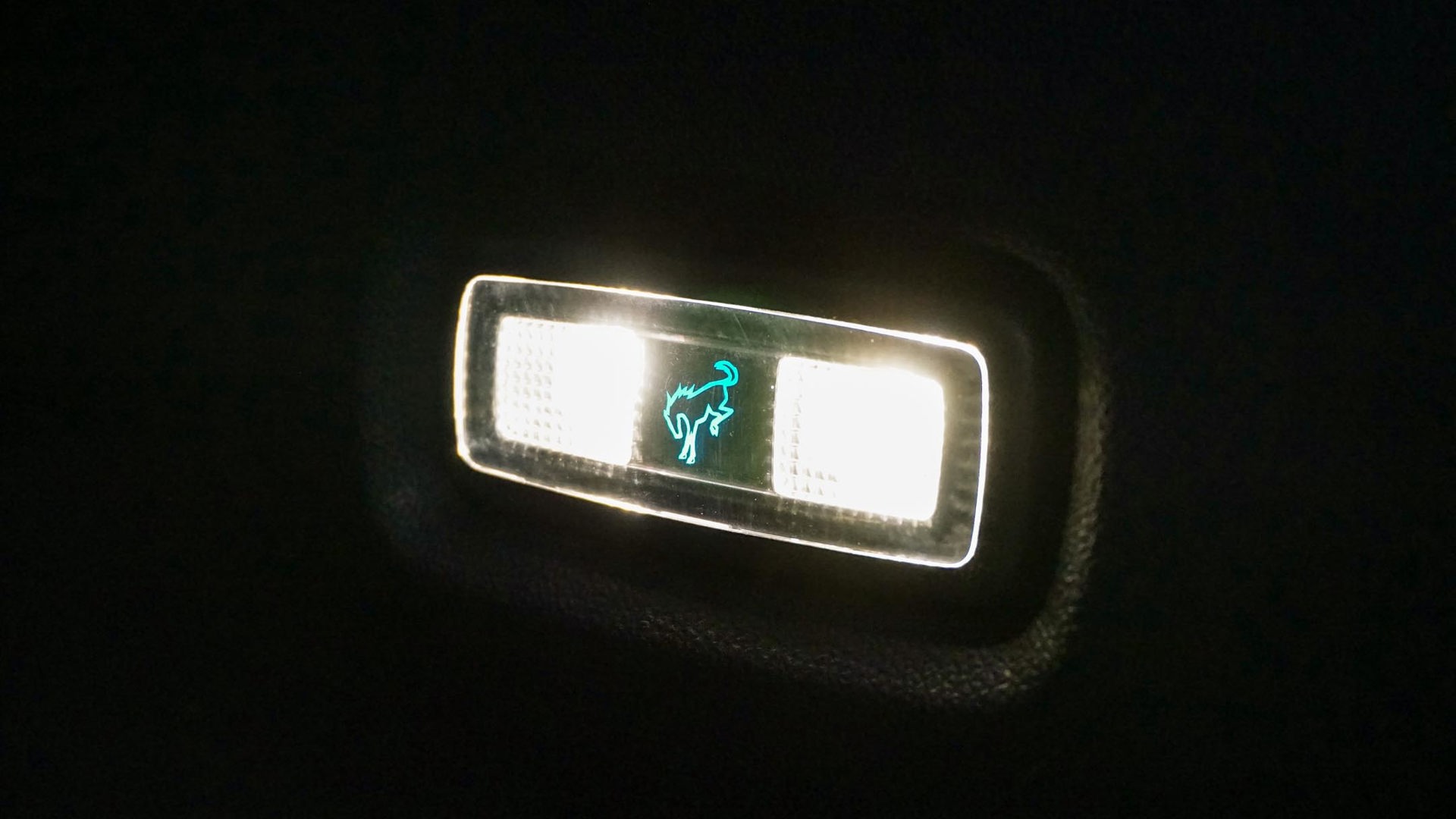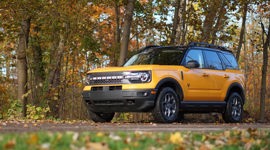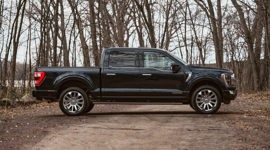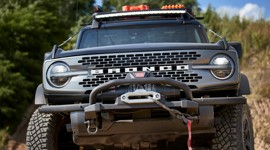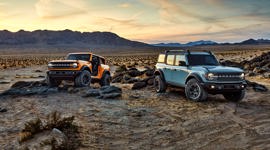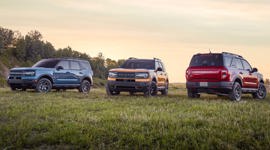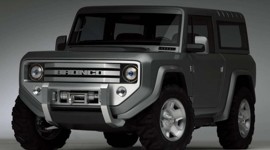No longer content to let Jeep hoard the spotlight as the only brand with off-road chops, Ford has resurrected the Bronco name on not just one but two new trail-ready SUVs.
Where the full-size Bronco and its removable roof and doors has its sights set on the Jeep Wrangler, it’s the smaller Bronco Sport that’s geared more towards everyday use à la the Jeep Cherokee. That doesn’t mean it’s built solely for the streets, though, and Ford promises the Bronco Sport boasts some serious versatility, too.
As Jeff Burdick, Ford of Canada’s marketing manager in charge of the Bronco lineup, puts it, the baby Bronco is built to get to the next adventure; the big Bronco is the adventure.
While it’s too soon to drive either version just yet, Ford held a small socially distant walkaround at its Canadian headquarters in Oakville, Ont., to show off what to expect when the smaller of the two goes on sale later this year. Its rugged disposition stands out right away, with an adventurous look and lots of engineering to back it up. Here are, in no particular order, five ways the 2021 Ford Bronco Sport is built for adventure.
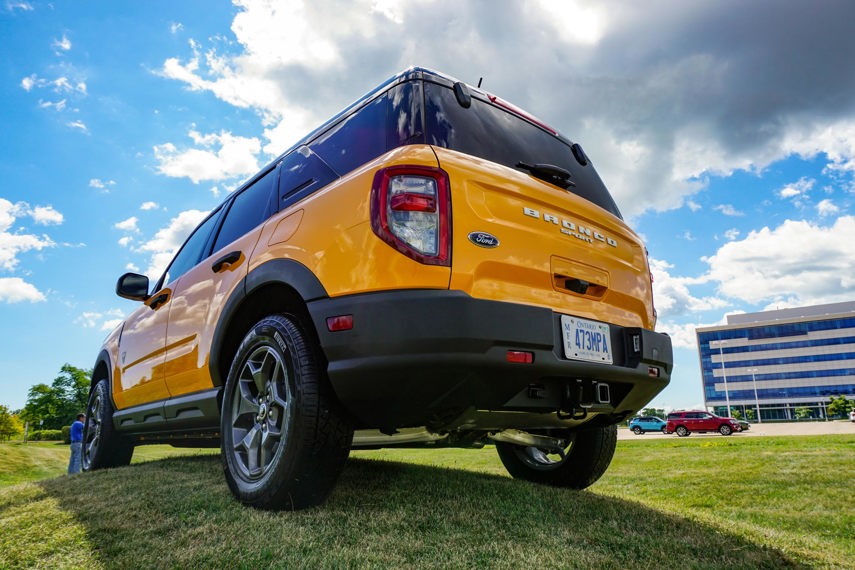
1. Four-Wheel Drive is Standard
While the purpose of this exercise isn’t to take potshots at Jeep, it’s always been a bit peculiar that the cheapest version of the Cherokee is front-wheel drive. Given all the marketing hype and hoopla about the capability of its lineup, a Jeep without four-wheel drive is a bit like having a basketball rim but skipping the backboard.
Granted, this is done to keep the cost of entry low, yet the Bronco Sport starts at just $1,000 more than the base Cherokee and is driven by all four wheels. Though just like its rival from Jeep, the system varies depending upon the application.
The benefits of four-wheel traction in off-road situations is fairly self-evident, but here are the details on how the Bronco Sport makes it happen. A conventional four-wheel drive system comes equipped on Base, Big Bend, and Outer Banks models; the Badlands gets a more sophisticated twin-clutch setup with a locking rear differential.

2. Gotta Get the G.O.A.T.
It may look a little like the original Bronco built back in the 1960s and ’70s, but the Bronco Sport is a far more sophisticated machine. Beyond the eight-inch touchscreen inside with its Apple CarPlay and Android Auto integration, there’s also some electronic trickery going on to keep the baby Bronco moving off the beaten path.
First and foremost, there’s a terrain management system that tailors the drivetrain and traction control to the conditions. Dubbed G.O.A.T. in a nod to the original Bronco development program dating back more than 50 years, the various drive modes are intended to ensure the Bronco Goes Over Any Type of Terrain.
Much like the all-wheel drive systems that differ depending on trim, the terrain management system gets a few extra aces up its sleeve in Badlands guise. While the rest of the lineup gets five modes covering the usual stuff – eco, normal, sport, slippery, and sand – the top trim adds separate settings for mud and ruts as well as rocks.
Both of those additional settings also trigger the Bronco Sport’s available front-facing camera to keep a close eye on what’s happening on the trail ahead. It’s not the only trail-focused vehicle to offer a system like this – the Subaru Outback can be had the same way – but it’s handy nonetheless.
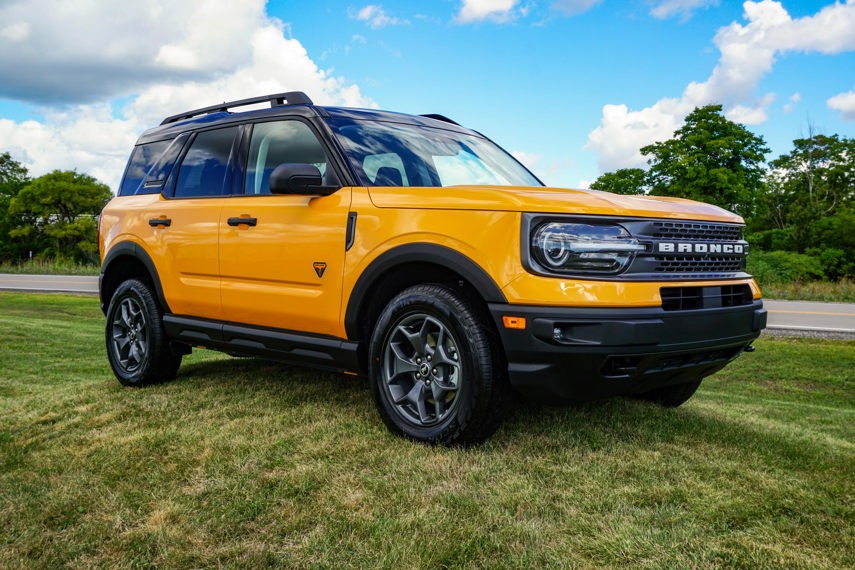
3. Back to the Basics
Electronics aside, there’s some old-school stuff here, too. While most of the lineup has a pretty average 198 mm (7.8 in) of ground clearance, the Badlands gets 224 mm (8.8 in) to work with because of its beefed-up suspension and optional tires; that’s more than the base version of its big brother Bronco.
Approach and departure angles are better on the Badlands model, though it’s the former that gets a big boost thanks to a different bumper design. While the rest of the lineup features a low-hanging air dam, the top trim ditches it altogether. The approach angle balloons as a result, with 30.4 degrees compared to 21.7 degrees in the rest of the lineup. The departure angle grows marginally to 33.1 degrees because of the bigger tires. Both of those measures are more than the Jeep Cherokee Trailhawk, for those keeping score at home.
With great caution, it seems, Ford also claims the Bronco Sport can work its way through water as deep as 599 mm (23.6 in). Despite the hilarious disclaimer on its website advising users to “Try to avoid water higher than the bottom of the hubs,” which would be closer to about half that number, that’s some seriously deep wet stuff for a soft-roader to drive through.

4. Plenty of Accessories to Pick From
Ford’s filling the accessories catalogue in a big way before the Bronco Sport goes on sale, with plans to have more than 100 add-ons to choose from at launch. Some of it’s bound to be pretty mild – think cargo mats and mud flaps – but there’s some pretty wild stuff, too.
There’s a rooftop tent that’s supported thanks to the standard roof rails that were designed to support the weight of people sleeping up top, as well as an awning that attaches to crossbars and a whole host of racks and roof boxes to move bikes, boards, and more. But there’s also a forthcoming accessory that’s not been seen in an SUV since the discontinued Honda Element, and that’s an available interior bike rack right off the dealer lot that can accommodate two mountain bikes behind the front seats.

5. Good for the Grind
There are plenty of good reasons to buy a hardcore off-roader like the Wrangler Rubicon or the upcoming full-size Bronco, but as a daily driver that doubles as a weekend warrior, the Bronco Sport is probably the better pick.
For starters, it’s guaranteed to be better on gas. Both available engines are borrowed from the similarly sized Ford Escape: there’s 1.5L and 2.0L four-cylinder motors, both of which come with turbos bolted to their sides. The smaller of the two spins up 181 hp and 190 lb-ft of torque, while the latter generates 250 hp and 275 lb-ft of torque. And if the Escape is any indication, combined fuel consumption should be somewhere around the 9.0–9.5 L/100 km mark.
There’s also all the creature comforts one could want in a daily driver, like a heated steering wheel and seats (they’re not standard, though), an eight-inch touchscreen infotainment system, leather upholstery, and Ford’s suite of advanced driver-assist and safety features.
Set to go on sale late this year, beating the bigger Bronco to market by a handful of months, the Bronco Sport starts at $32,199 and ranges up to $40,199 for the Badlands model, with a couple other trims to choose from in between.
